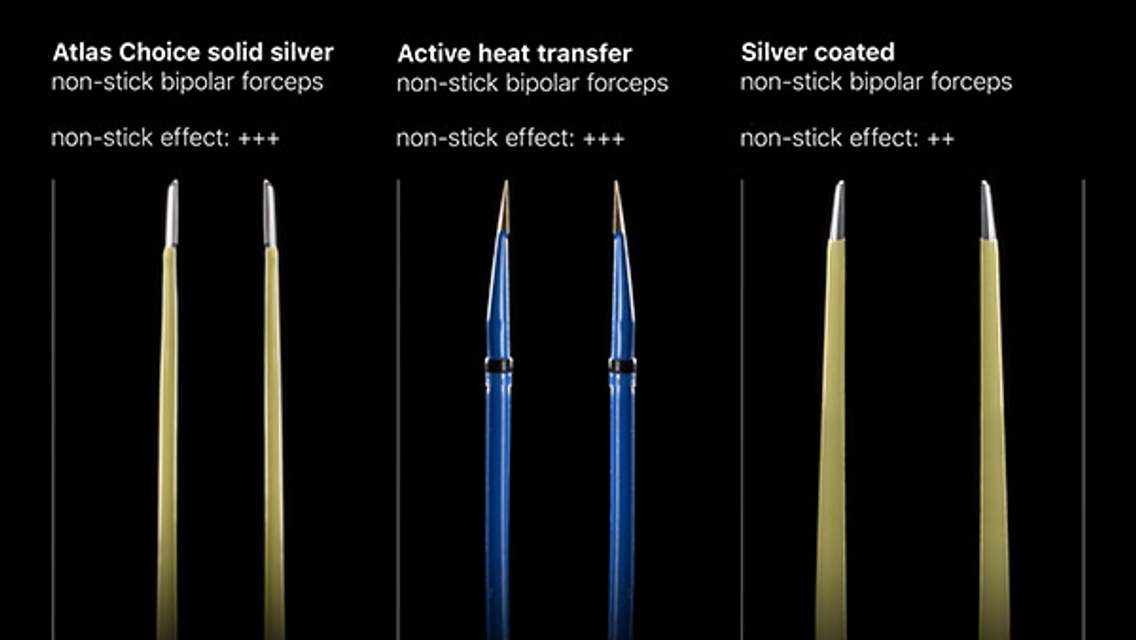Hemangioblastoma
Figure 1: Axial T1 post-contrast (top row left) and axial T2FS (top row right) images demonstrate cystic lesions with associated enhancing dorsal nodules in the left posterior cerebellar hemisphere and right anterior cerebellar hemisphere, compatible with hemangioblastomas. The smaller enhancing nodules in the right posterior cerebellar hemisphere are non-specific in appearance but are favored to represent tiny hemangioblastomas as well. Sagittal T1 post-contrast FS (middle row left) and sagittal T2 (middle row right) images demonstrate multiple enhancing dorsal subpial nodules with extensive associated syrinx, compatible with spinal cord hemangioblastomas. The patient initially presented with painless hematuria in her late 20s. A CT of the abdomen and pelvis with IV contrast (bottom row) at that time demonstrated heterogeneously enhancing renal masses, seen here in the medial aspect of the lower pole of the right kidney and lower pole of the left kidney, compatible with renal cell carcinoma in this patient with von Hippel Lindau syndrome (VHL). The hypodense lesions in the kidneys are compatible with renal cysts which are also characteristic of VHL.
Basic Description
- Usually benign, vascular, and slow-growing adult cerebellar tumor
Pathology
- WHO grade I
- Well-circumscribed, highly vascular mass composed of stromal cells and small blood vessels
- Sporadic or familial
- Familial cases associated with von Hippel-Lindau disease (VHL)
- Up to 40% of all HGBLs are in patients with VHL
- Often multiple, including retinal HGBLs
- Sporadic and VHL cases both demonstrate erythropoietin upregulation
Clinical Features
- Sporadic: most commonly afflicts ages 40-60
- VHL: afflicts younger ages
- Slight male gender predilection
- Common presenting signs/symptoms related to increased intracranial pressure due to posterior fossa obstructive hydrocephalus
- Vomiting, altered mental status, macrocephaly
- Treatment: surgical resection
- Favorable prognosis: 10-year survival 85%
- Tumor recurrence in up to 20%
- Leptomeningeal dissemination rare
Imaging Features
- Spinal Hemangioblastoma
- Usually solitary and sporadic
- Minority of patients have concomitant vHL with multiple hemangioblastomas
- Majority are intramedullary but some may be extramedullary intradural
- Slightly more common in the cervical than thoracic spine
- Solid nodule, often with cyst or syrinx
- Usually eccentric within the cord
- May see dilated supplying arteries or draining veins
- CT
- Hypodense cyst
- Iso- to hyperdense solid nodule
- Rare hyperdense hemorrhage, often with surrounding hypodense cerebellar edema
- Solid nodular component will enhance on contrast-enhanced CT
- MRI
- T1WI: Isointense nodule, ± flow voids
- T2WI: Hyperintense cyst and nodule, possible surrounding hyperintense edema
- FLAIR: hyperintense cyst and nodule, possible surrounding hyperintense edema
- T2*GRE: hypointense signal if hemorrhage present
- T1WI+C: avidly enhancing nodule; nonenhancing cyst, usually without cyst wall enhancement
Imaging Recommendations
- MRI without and with IV contrast; screen VHL patients beginning in early childhood including both brain and spine
For more information, please see the corresponding chapter in Radiopaedia. For additional information on cranial hemangioblastoma, please refer to the Hemangioblastoma chapter within the cranial disorders subvolume.
Contributor: Rachel Seltman, MD; Jacob A. Eitel, MD
References
Conway JE, et al. Hemangioblastomas of the central nervous system in von Hippel-Lindau syndrome and sporadic disease. Neurosurgery. 2001;48:55-62; discussion 62-63.
Innus C, et al. Hemangioblastoma without von Hippel-Lindau disease. JAAPA. 2007;20:28, 31-32.
Osborn AG, Salzman KL, Jhaveri MD. Diagnostic Imaging (3rd ed). Philadelphia, PA: Elsevier, 2016.
Wanebo JE, et al. The natural history of hemangioblastomas of the central nervous system in patients with von Hippel-Lindau disease. J Neurosurg. 2003;98:82-94.
Please login to post a comment.













